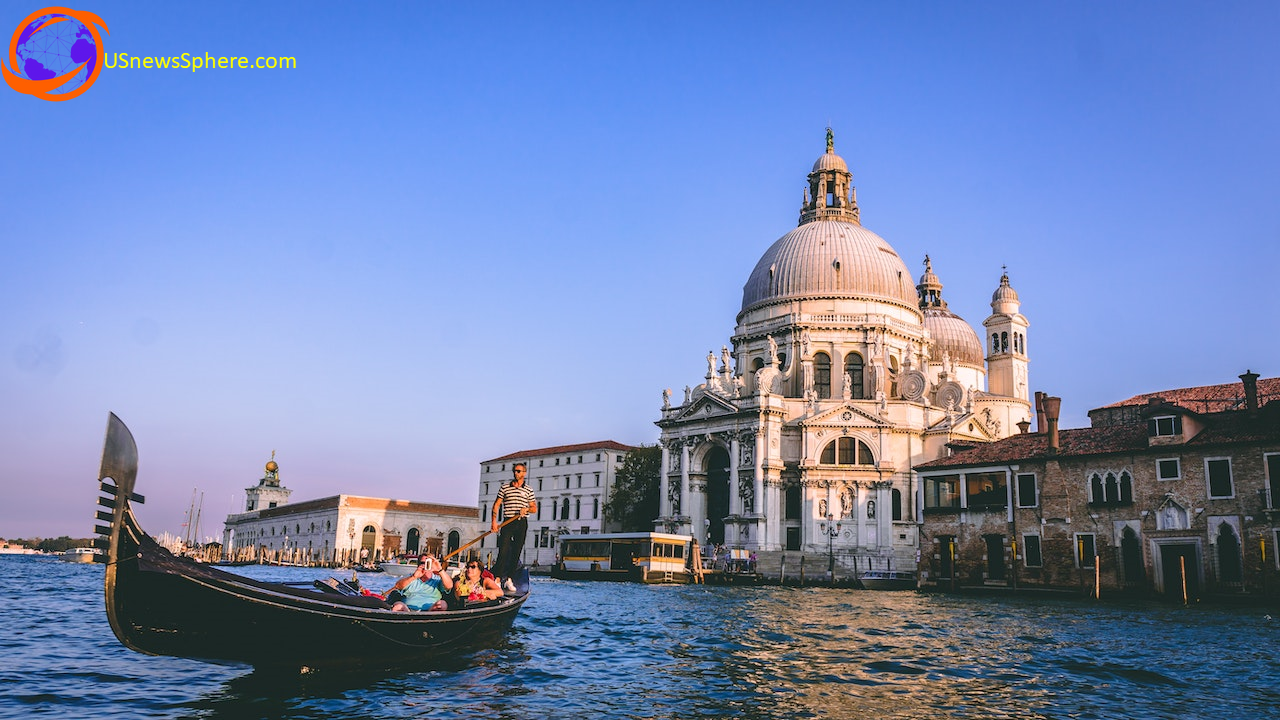Venice, Italy, famous for its picturesque canals and historic buildings, faces the threat of being added to the list of endangered world heritage sites due to human-caused climate change. World leaders associated with UNESCO are meeting to discuss the city’s precarious situation. This article explores the connection between climate change and cultural heritage, shedding light on why preserving cultural heritage matters in the face of climate-related disasters.
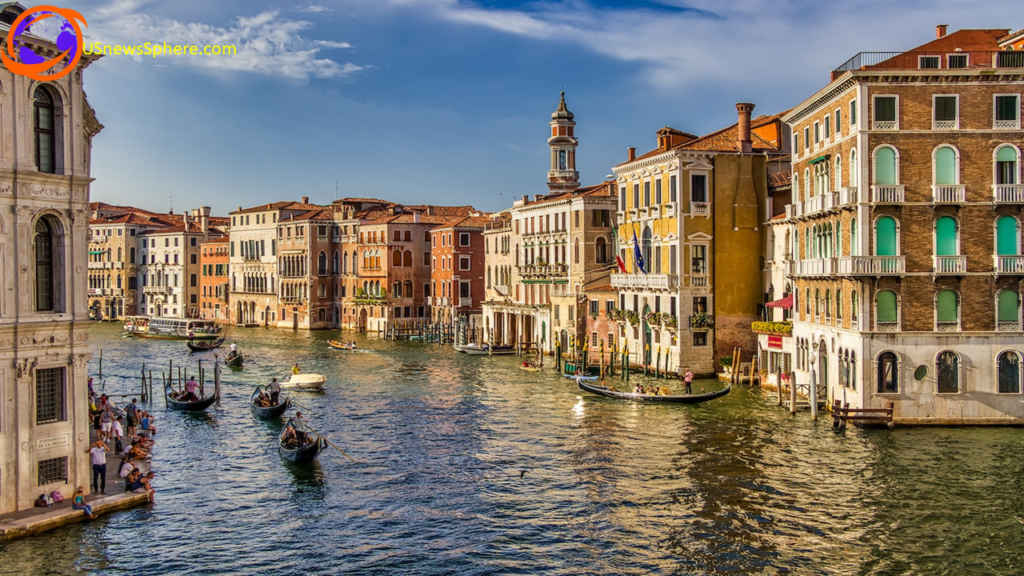
Table of Contents
The Threat to Venice’s Heritage:
Climate change-induced sea level rise and extreme weather, coupled with issues like over-tourism and construction, pose a significant threat to Venice’s historic buildings and landscapes. Recent events, such as floods and droughts, highlight the urgency of the situation. While some protective measures have been taken, UNESCO insists that more needs to be done to safeguard Venice’s cultural treasures.
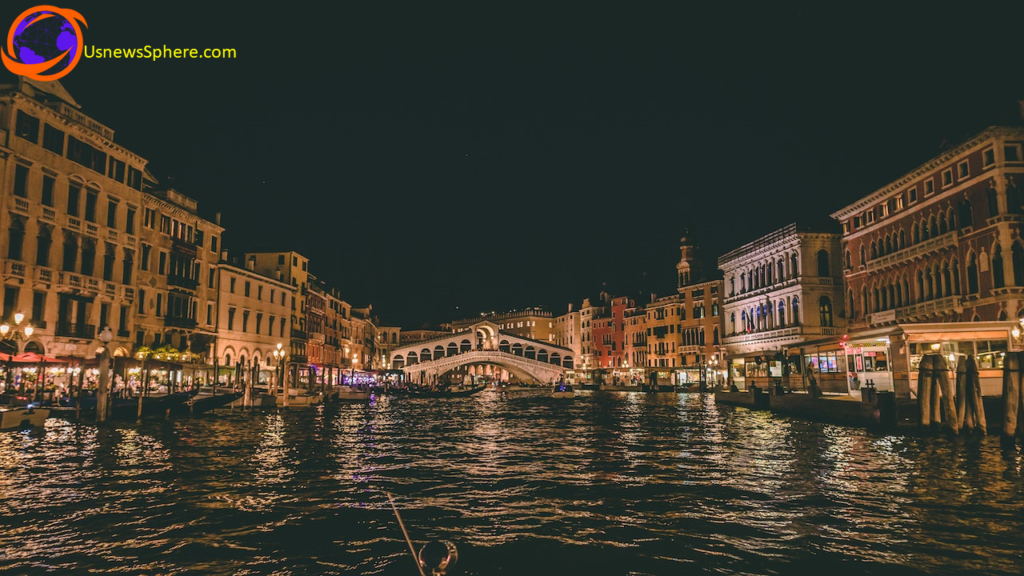
Understanding Cultural Heritage:
Cultural heritage encompasses more than just historic buildings and artifacts. It also includes the intangible aspects of culture, such as traditions, beliefs, and ways of life that are passed down through generations. These elements are deeply rooted in communities and contribute to their sense of identity and connection to the land.
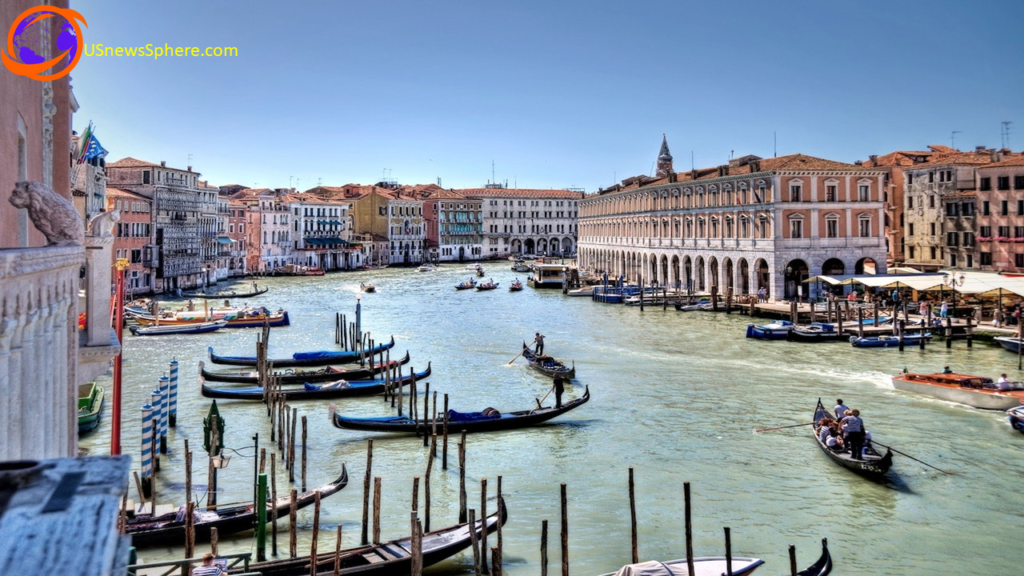
The Impact of Climate Change on Cultural Heritage:
Climate change-related disasters not only threaten physical places but also disrupt people’s emotional and cultural connections to these places. As an example, the recent wildfires on Maui damaged a 150-year-old banyan tree that held immense significance for the local community. Such losses go beyond the physical and affect the stories, traditions, and memories associated with these sites.
A Sense of Place: The attachment between cultural heritage and place is profound. Moving or displacing cultural heritage items can strip them of their context, stories, and connections to the communities that cherish them. Indigenous communities, like the Southern Sierra Miwuk Nation, have experienced the loss of sacred sites due to displacement and environmental disasters, highlighting the importance of protecting cultural heritage within its original context.
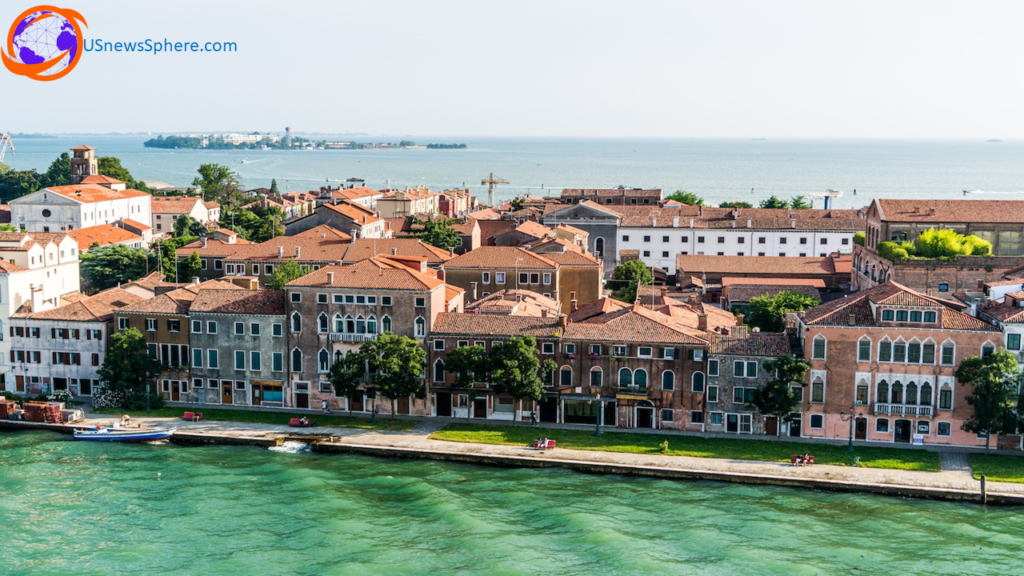
[CNN.COM]
Community Efforts to Preserve Cultural Heritage:
Communities facing climate change-related threats must make difficult decisions about what aspects of their cultural heritage to prioritize. Engaging residents in these decisions is crucial to understanding which cultural elements are most valued and should be preserved. It’s about finding a balance between adaptation and preservation.
Conclusion: The connection between climate change and cultural heritage is becoming increasingly evident as climate-related disasters intensify. Protecting cultural heritage is not just about preserving physical sites but also safeguarding the intangible aspects of culture that define communities and their sense of place. In the face of climate change, proactive efforts to protect cultural heritage are essential to ensure that the stories, traditions, and connections endure for future generations.


